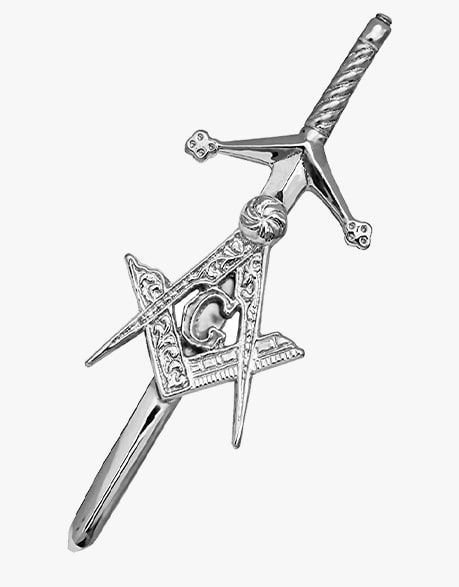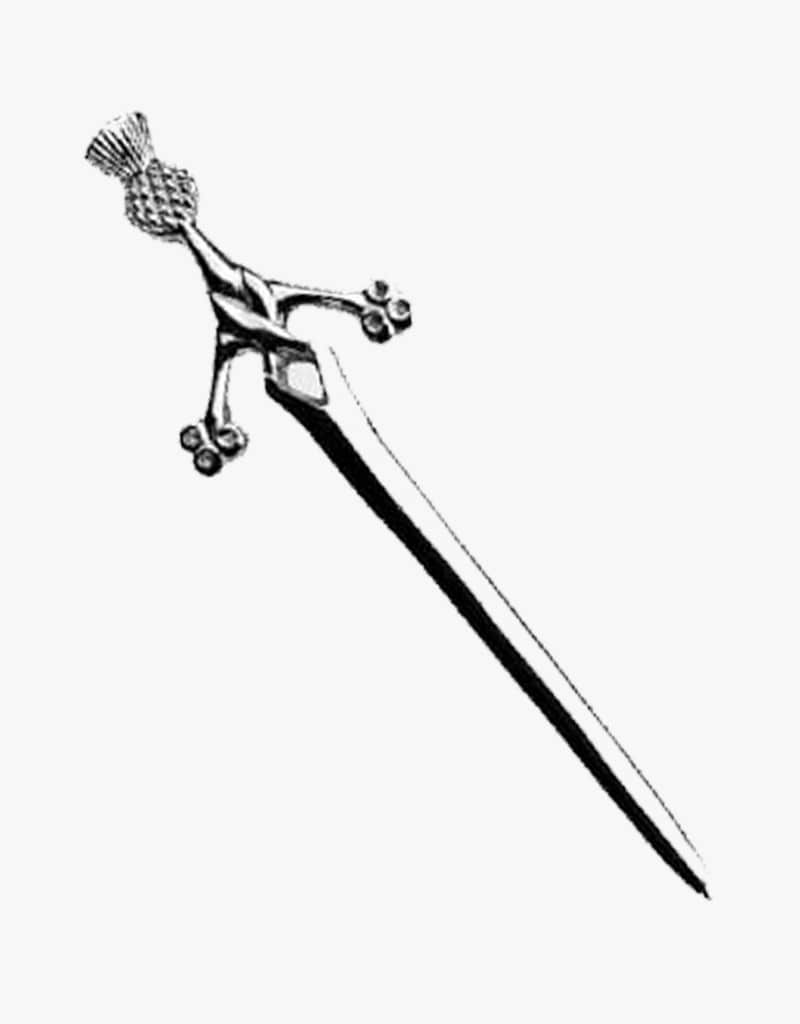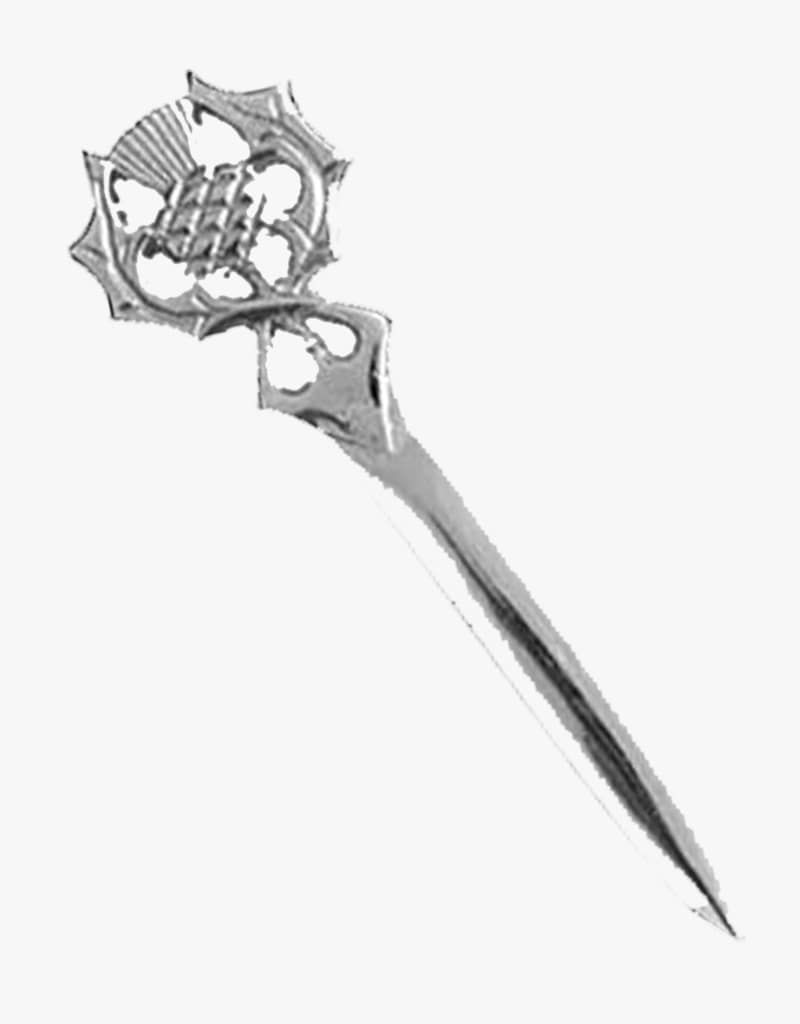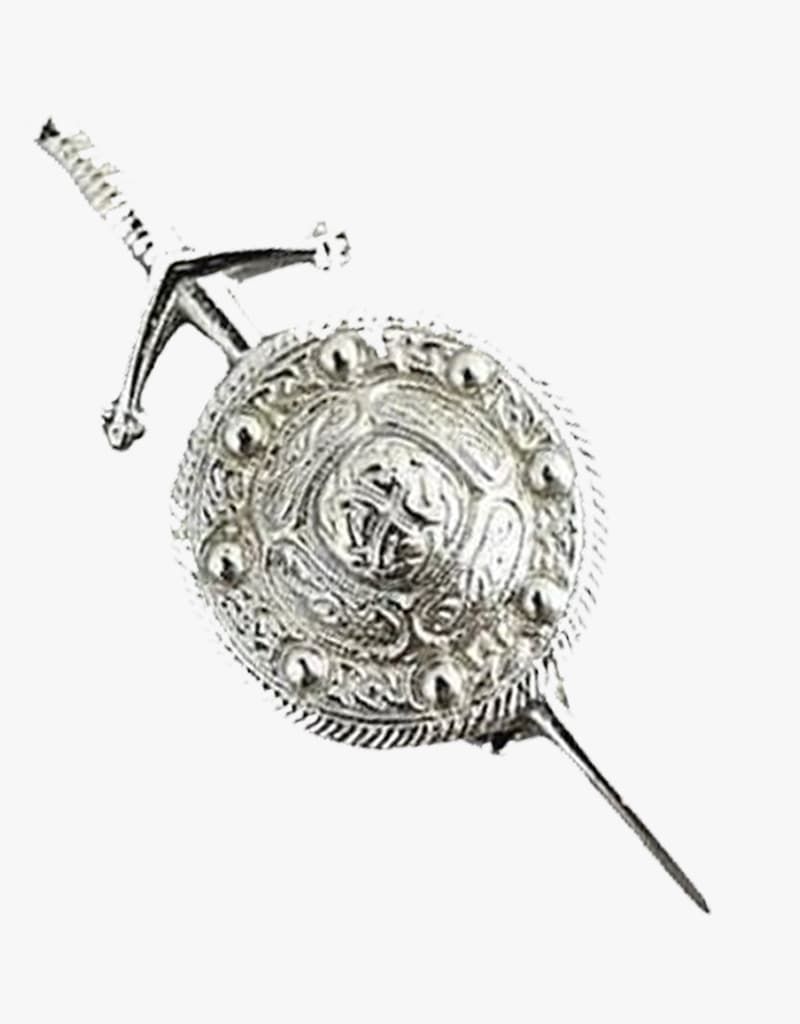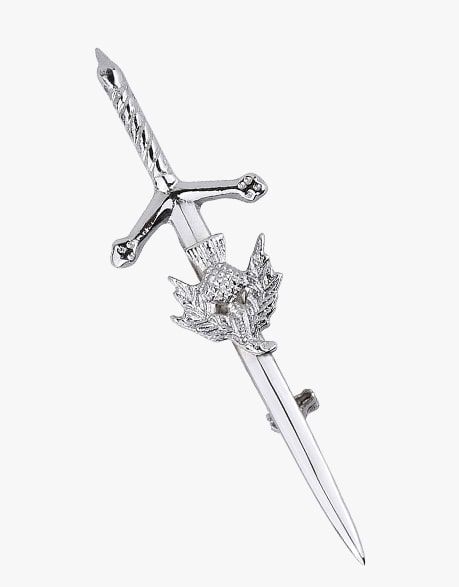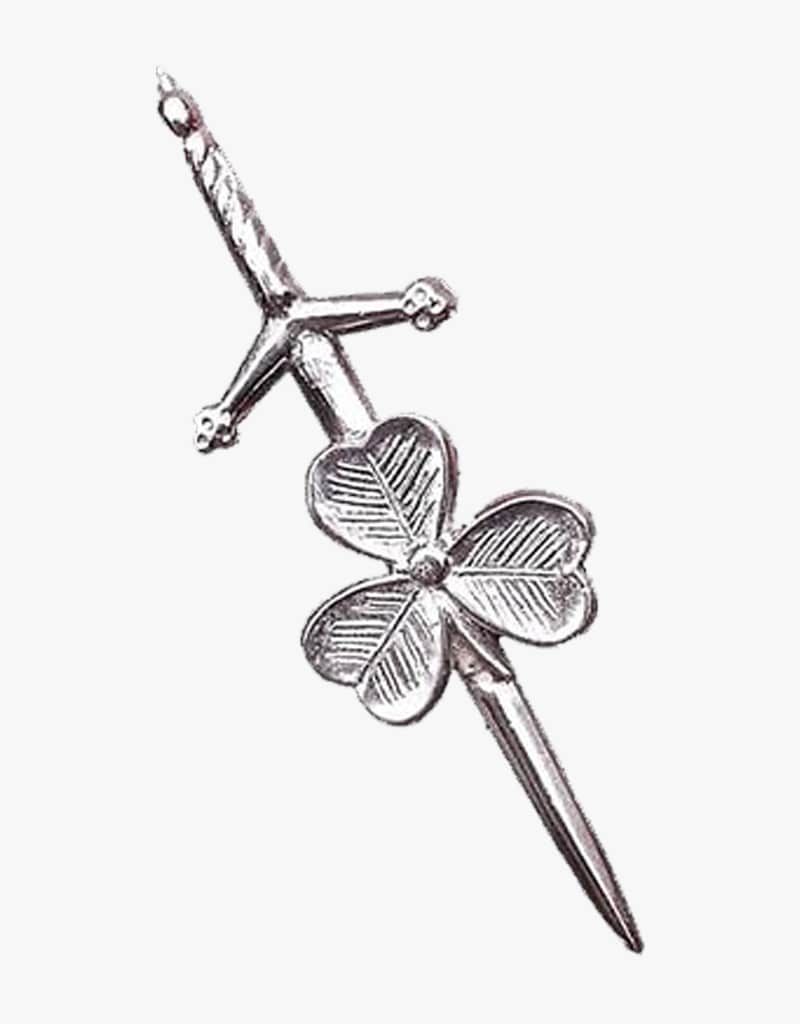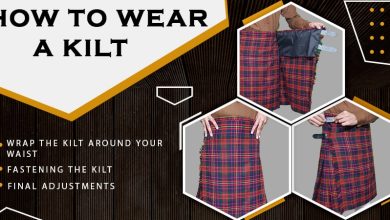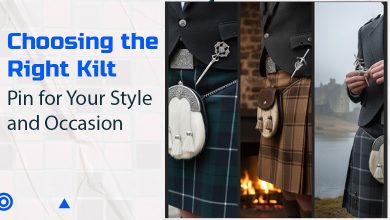Exploring Different Kilt Pin Designs and Their Meanings
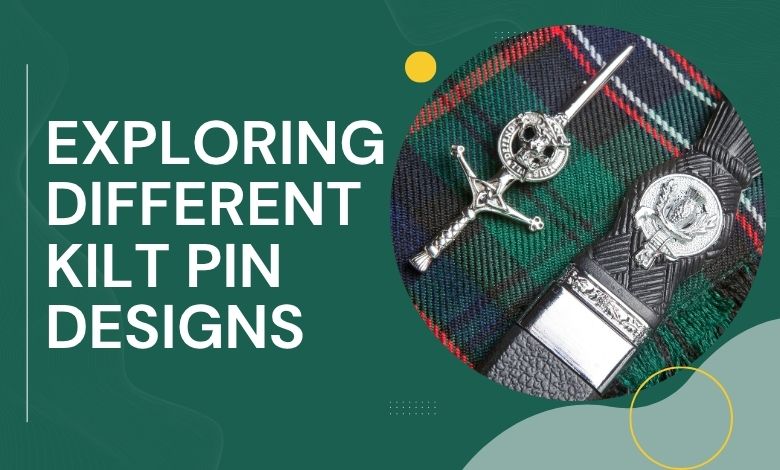
No matter which part of Scottish outfit it is, whether it is a kilt, a brooch, a pin, or a fly plaid, everything is equally important. The rest of the attachments are traditional while kilt pins are fairly new, comparatively. Although small in size, a Scottish pin plays a crucial role in completing a traditional Scottish dress. This article revolves around the kilt pins where we’ll discuss multiple aspects of these pin designs and their meanings, materials used to make kilts, their role in ceremonial dress, and much more.
Table of Contents
ToggleKilt Pin Designs and Their Meanings
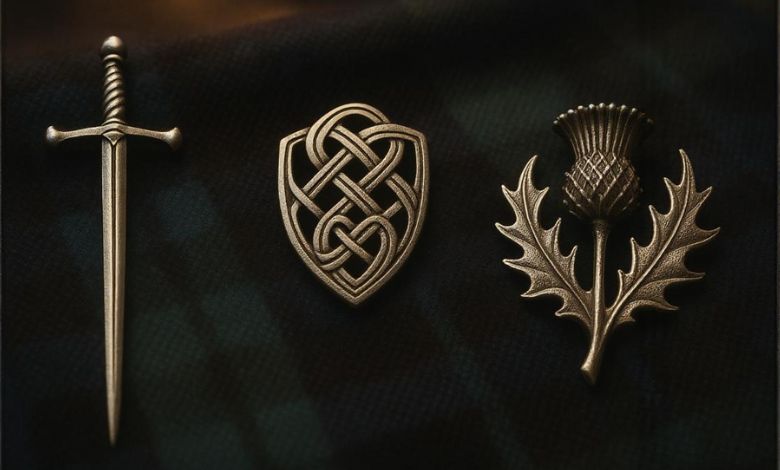
Many newbies are only aware that these traditional pins have different designs but don’t know what these designs reveal. To make things easier, we classified designs into 3 main categories: traditional designs, modern and personalized designs, and clan-specific pins. The deep details of pin styles are discussed as follows.
Traditional Designs
The first category discusses traditional designs that people preferably wear at ceremonial or strict cultural events. Wearing at such particular occasions means to show respect for the past.
Sword/Dagger Style: Kilt pins engraved with a sword or dagger on their crest describe the power. Such pins have become part of fashion statements but in the past, they were a way to highlight power.
Celtic Knotwork: Scots have an ancient connection with Celts while the Celtic era in Scotland began in the Iron Age and ended in the Viking Age. Meanwhile, Celts left a mark on Scottish culture and people there still admire their past by attaching pins with Celtic Knots to honor their history.
Thistle Motif: Thistle is the National Flower of Scotland. They proudly carve it on pins to admire their country and pay tribute to this national symbol which saved the lives of many warriors in the past.
Clan-Specific Kilt Pins
Clan crest kilt pins are the ones that have ornamental brooches used on them to demonstrate one’s clan loyalty. Their appearances usually resemble swords that often carry the clan crest. There also can be another emblem associated with the clan. Wearing these pins on the front apron of the kilts for men is a way to show support for a certain Scottish clan.
Modern and Personalized Kilt Pin Designs
The fashion industry impacts everything today, even kilt pin designs. Similar to traditional and clan-specific pins, people now also want to attach modern and personalized pins to their kilts.
Minimalist and Contemporary Styles: Minimalist kilt pins feature simple, often geometric designs, like a straight bar or a simple safety pin shape. Contemporary pins can incorporate modern materials such as black steel or can have a minimalist yet elegant design with subtle shades or textures. Some contemporary pins also embrace unconventional designs and patterns, like those with geometric shapes or modern artistic elements.
Custom Engraving: An interesting fact regarding today’s pins is their customization. You can personalize kilt pins for a specific event as you want. One can engrave his team’s flag when watching a Rugby or Football match.
Popular Materials for Kilt Pins and Their Pros & Cons
Iron or metal were the first materials to make kilt pins in the beginning. The days passed and the involvement of many other materials such as brass, stainless steel, pewter, and sterling silver took place. All of them are popular now and have unique qualities. These are their advantages and disadvantages.
Pros and Cons of Pewter
Pros of Pewter
- Pewter is an affordable material that also offers significant durability.
- It is moldable which means making different products does not include labour costs.
- Pewter’s distinctive and silvery-gray appearance always has something unique to show.
- It is a hypoallergenic material and those with sensitive skin can also use it.
- The level of maintenance is a concern among the people and luckily it does not require high caring practices.
Cons of Pewter
- It has softness which increases the likelihood of getting broken easily.
- It may not be the perfect choice for complex designs.
- A bit of carelessness can cause visible stains on it.
Pros and Cons of Sterling Silver
Benefits of Sterling Silver
- Sterling silver is an elegant and sophisticated metal that is popular for its longevity.
- Its strength and durability make it useful for a long time in jewellery and home goods.
- It is a multipurpose metal that can bear elaborate patterns and fine craftsmanship.
- For the majority of people, sterling silver is hypoallergenic, particularly when it is combined with non-reactive metals.
Drawbacks of Sterling Silver
- In particular, exposure to air and moisture can cause sterling silver to tarnish over time.
- It usually costs more than other metals, such as stainless steel or pewter.
- To keep it shiny and appealing, regular cleaning and polishing are necessary.
- Because of its fragility, sterling silver is vulnerable to dents and scratches from rigorous treatment.
Positive and Negative Aspects of Brass
Pros of Brass
- Due to its warm, golden colour, brass is frequently used for a fraction of the price of gold.
- It is perfect for both ornamental and useful goods since it is extremely resilient to corrosion and long-lasting.
- The antibacterial qualities of brass make it a sanitary option for regularly handled surfaces.
Cons of Brass
- Brass can become a victim to tarnish and discolour because of air and water.
- Zinc and copper occasionally trace on the brass, and can be harmful if used in food or drink containers.
- The heavier weight of brass does not make it perfect for every application.
- Some people can get skin irritation from brass if it maintains prolonged skin contact.
- The cost may be higher than that of other common metals.
Comparison Table
| Material | Why It’s Popular | Common Uses |
| Stainless Steel | Durable, corrosion-resistant, affordable, low-maintenance | Kitchenware, medical tools, appliances, jewelry |
| Sterling Silver | Elegant and valuable; traditional for fine jewelry and cutlery | Jewelry, silverware, keepsakes |
| Brass | Attractive gold-like finish; affordable alternative to gold or bronze | Musical instruments, hardware, home décor |
| Pewter | Classic decorative metal; soft and easy to mold | Decorative items, trophies, artisan jewelry |
How to Wear a Kilt Pin Correctly

The right side of the kilt is customarily adorned with a kilt pin, which is placed through the front apron to provide flair and keep it from flapping or falling open. The standard kilt pin placement is two to three inches from the apron’s side edge and bottom edge. The location is usually on the right side, two to three inches from the side and bottom of the apron.
- Make sure the pin passes through the inner apron as well as the top layer of the outer apron after lifting it.
- To avoid damaging the front apron, make sure the pin only passes through it and not the layers beneath.
- To make the pin seem more appealing, you may also align it with a vertical line or other design feature in the tartan.
- Depending on the style of the kilt and pin as well as personal choice, the placement can be somewhat changed.
Common Mistakes to Avoid When Pairing Kilt Pins
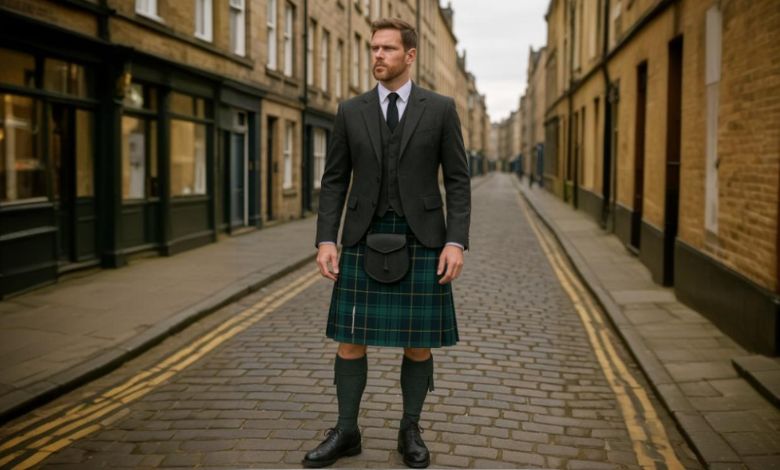
Wearing a kilt pin can enhance the overall look of a kilt outfit, but choosing or placing it incorrectly can detract from traditional elegance. Here are four common mistakes to avoid when pairing a kilt pin with your outfit:
Placing it too high or on the wrong side – The kilt pin should go on the lower right-hand side (as worn), through only the front apron, not both layers.
Using it to fasten the kilt – The pin is decorative, not functional. Using it to hold the kilt closed can damage the fabric or alter the drape.
Choosing an oversized or flashy pin – Oversized or overly ornate pins can overpower the outfit. Subtlety and tradition usually work best.
Mismatching metals or styles – Ensure the kilt pin’s metal and design complement the rest of your kilts accessories.
The Role of Kilt Pins in Ceremonial Dress
When it comes to the use of kilt pins in ceremonial dresses, we find them beneficial in multiple ways from being a practical item to a history admirer. First of all, pins add weight to the apron of traditional tartan and do not let an apron flap in the wind. Second, they serve as the most important part of dress completion.
Last but not least, they help wearers to remember and admire their past, thanks to the crest they have. The crests are usually crafted with traditional signs like Scottish symbols and clan crest making them suitable for ceremonial dress.
Discover Your Heritage with Utility Kilt UK
Are you looking to discover and honour your heritage but wondering where to find suitable ones for you? There is nothing to worry about since we, Utility Kilt UK, are offering everything from kilt pins to kilts themselves. In our pin collection, you get every type of product you want. Some exceptional pins you can consider are given below:
FAQs About Kilt Pin Designs
What is the difference between a kilt pin and a brooch?
A kilt pin is a decorative and practical item used to prevent an apron from flapping in windy circumstances. Therefore, a brooch is attached on the shoulder that does not let the fly plaid fall.
Can women wear kilt pins, and are there feminine styles available?
Kilt pins are not specific to the single-gender anymore instead of remaining particular to men for a longer time. Furthermore, women have feminine styles and they can also attach traditionally designed pins like men.
What materials should I avoid in a kilt pin for sensitive skin?
How do I know if a kilt pin is handmade or mass-produced?
Handmade kilt pins often show slight imperfections or unique variations, indicating individual craftsmanship. Mass-produced pins typically have uniform, flawless finishes and identical designs, resulting from the machine manufacturing process. So, you must consider looking for such practical differences, artisan marks, or less “perfect” patterns in handmade items.
